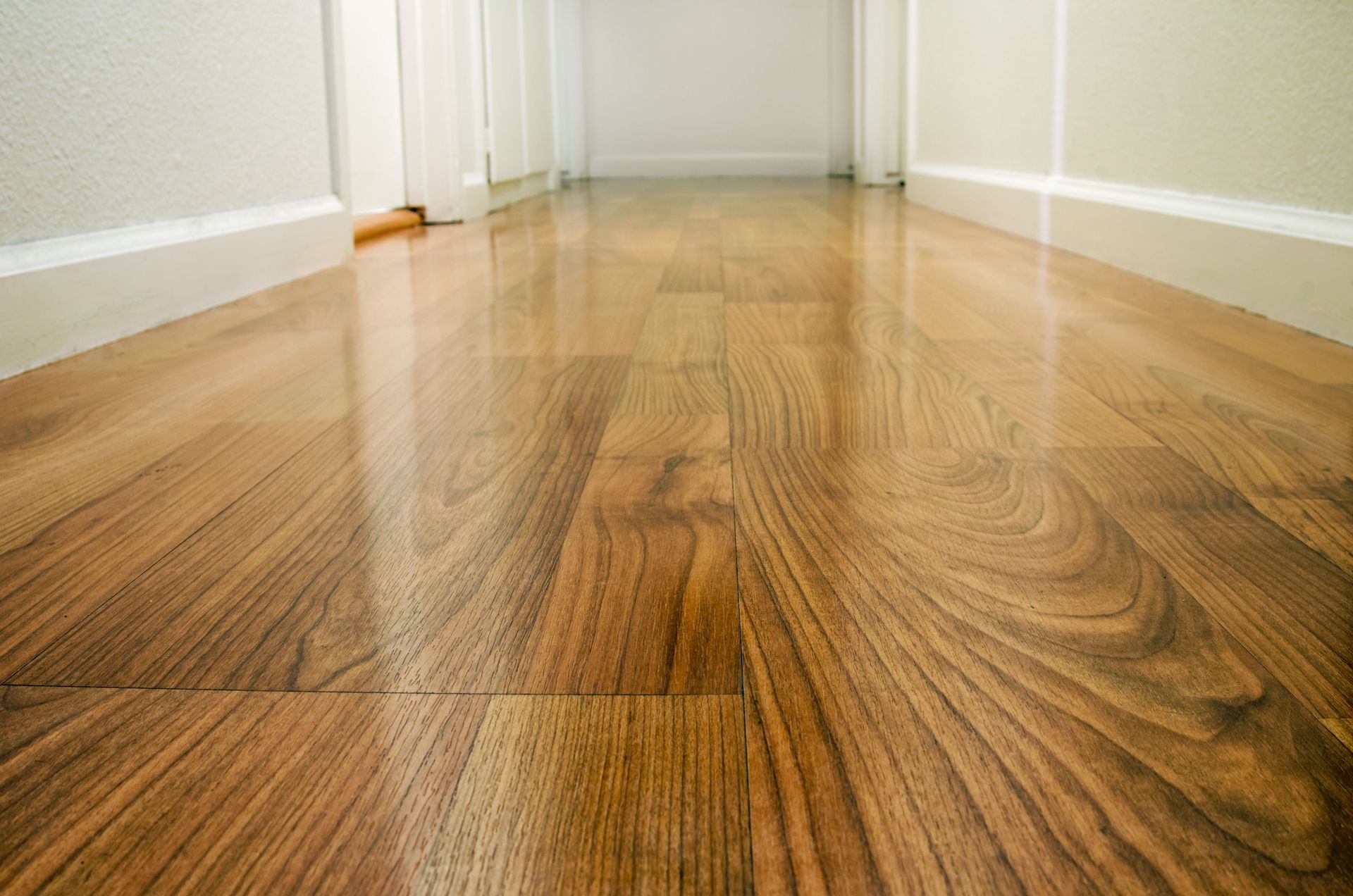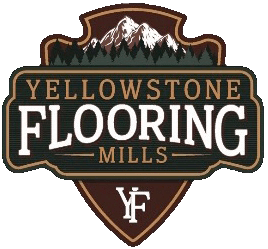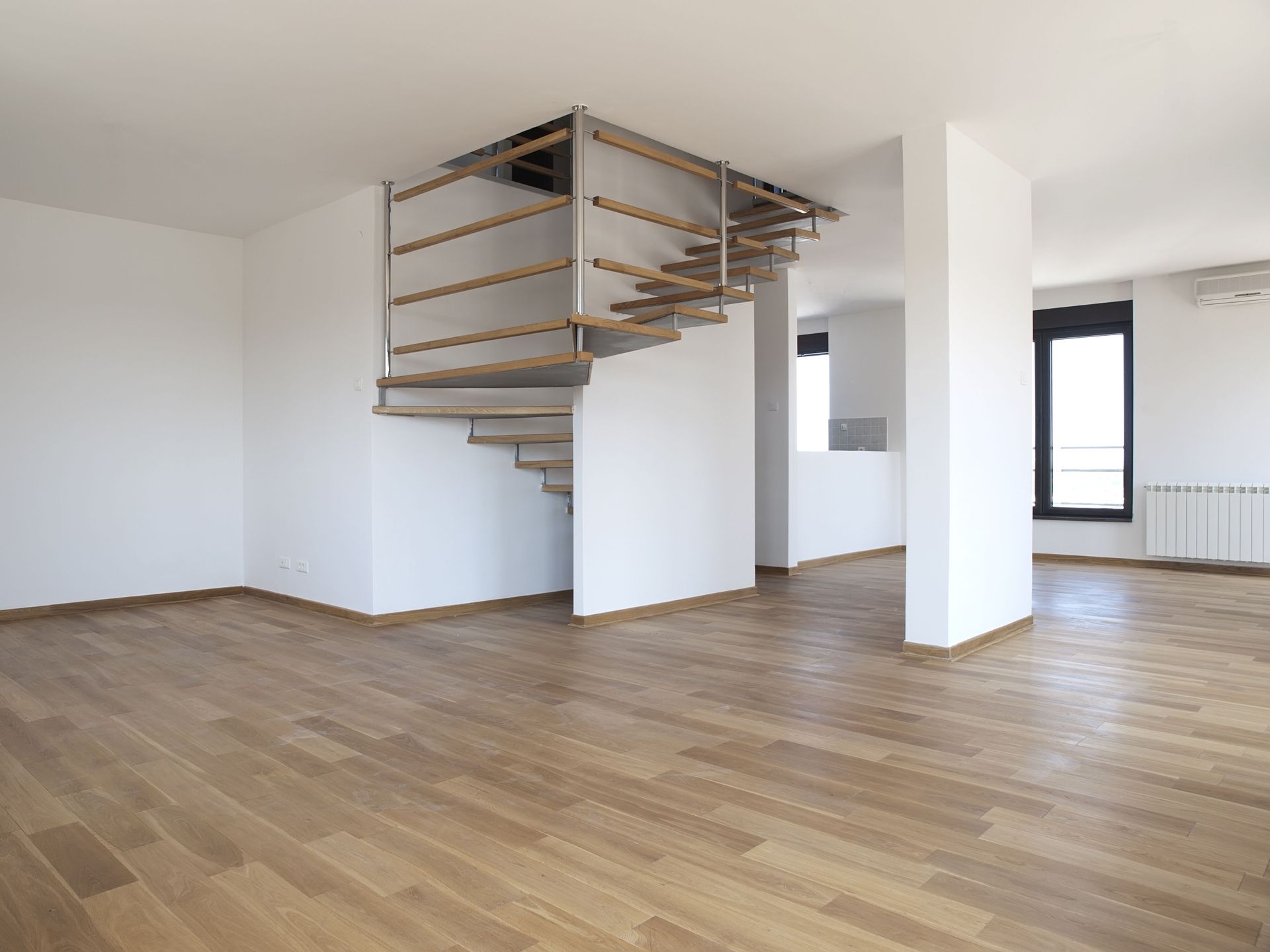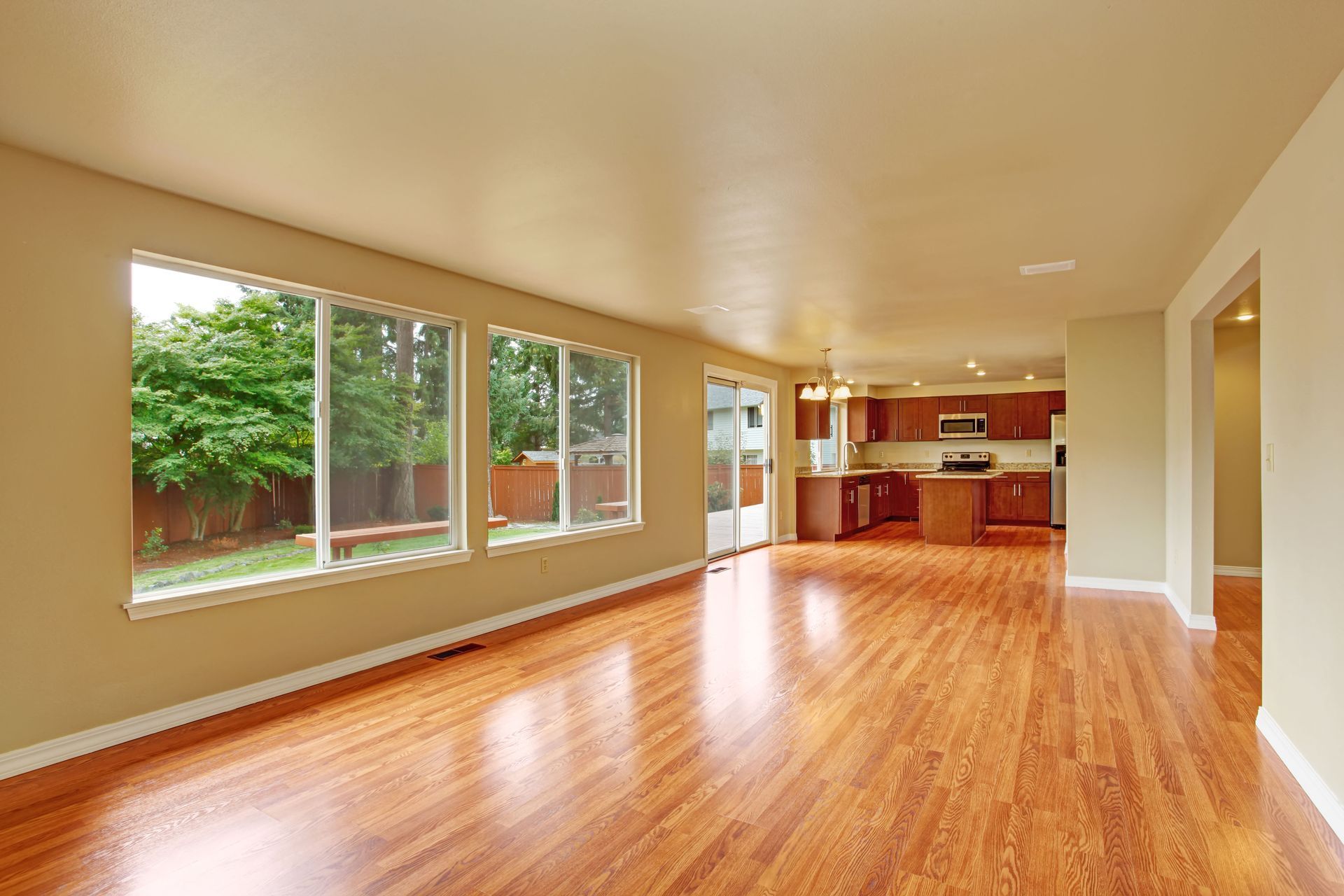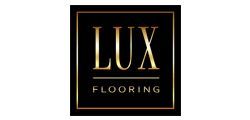August 13, 2025
Vinyl plank flooring is a popular choice for homeowners seeking an affordable, stylish, and low-maintenance option. It’s also versatile enough to suit a variety of interior styles, from modern to rustic. While it's known for its resilience, proper care can significantly extend its life and preserve its beauty. With the right techniques and a consistent routine, you can prevent damage and enhance your flooring’s longevity. Whether you’ve recently installed it or have had it for years, understanding how to maintain your flooring properly will keep it looking fresh and new.
Sweeping Daily to Prevent Surface Damage
Daily sweeping is one of the simplest yet most effective ways to protect your vinyl plank flooring. Dust, sand, and small debris can act like sandpaper when walked on, potentially scratching the surface. Using a soft-bristle broom or a dry microfiber mop can help collect dirt without damaging the planks. For high-traffic areas, multiple sweeps throughout the day can help preserve the finish.
It’s especially important to sweep in homes with pets or children, where crumbs, hair, and tracked-in dirt accumulate more quickly. Leaving debris on the surface too long can gradually dull the sheen and contribute to microscopic scratches that degrade the finish over time. Keeping a lightweight broom accessible in key areas makes daily cleaning quick and convenient.
Mopping Weekly for Deep Cleanliness
Regular mopping not only enhances cleanliness but also protects the overall appearance of your vinyl planks. According to Martha Stewart, vinyl plank flooring benefits from weekly mopping to maintain its luster and remove deep-seated grime. Use a damp mop (not soaking wet) with a gentle, pH-neutral cleaner specifically designed for vinyl. Avoid overly saturated mops or harsh detergents, as these can seep into seams or cause fading.
If your floors experience heavy use from shoes, pets, or kitchen spills, you might benefit from spot-mopping more frequently in between weekly deep cleans. Choose microfiber mops for their ability to trap fine dust and residue without scratching the surface. Always allow the floor to dry completely to avoid any slipping hazards or lingering moisture that could damage the planks.
Vacuuming Strategically for Convenience
Vacuuming offers a quick and effective way to remove dust and debris, especially in hard-to-reach areas. It’s a useful supplement to sweeping, particularly in corners, under furniture, and along baseboards. Be sure to use a vacuum without a rotating brush (beater bar), which can scratch or scuff the surface. Using the wrong attachment can unintentionally wear down the protective layer of your vinyl over time.
Handheld and stick vacuums work well for spot cleaning and are especially handy for multi-level homes. Consider vacuuming before mopping for a more thorough clean, as it lifts dirt that could otherwise smear or settle when wet. Lightweight models also make it easier to clean frequently without straining your back or dragging out bulky equipment. With regular use, vacuuming helps maintain the flooring's appearance and keeps allergens at bay.
Protecting With Rugs and Furniture Pads
Adding protective elements like area rugs and furniture pads can drastically reduce wear and tear on your vinyl plank flooring. Rugs are especially useful in entryways and high-traffic areas to trap dirt before it reaches your floors. Make sure to choose non-rubber-backed mats, which can cause discoloration over time. Furniture pads placed under legs prevent dents and scratches when moving or adjusting items.
Use rugs in playrooms, living rooms, and beneath dining tables to absorb impact and reduce scuffing from foot traffic or dragging chairs. Additionally, consider rotating rugs and rearranging furniture occasionally to ensure even wear on the flooring. Be mindful to clean under rugs regularly to prevent trapped dirt or moisture from damaging the surface underneath. These small, preventative actions can preserve both the appearance and structure of your vinyl planks over time.
Avoiding Harsh Cleaners and Abrasives
To keep your flooring in top condition, steer clear of harsh cleaners and abrasive tools. Products containing bleach, ammonia, or vinegar can erode the protective coating of the vinyl. Instead, opt for mild, pH-balanced cleaners made specifically for vinyl surfaces. Likewise, avoid scouring pads or stiff brushes that may leave scratches or dull the finish.
Choosing the right cleaning products ensures that your flooring maintains its original shine and doesn’t develop premature damage. If in doubt, test any new cleaner in an inconspicuous spot before applying it across the floor. Following manufacturer recommendations and avoiding DIY chemical mixtures can go a long way in preserving your investment.
Addressing Spills and Stains Promptly
Spills are inevitable, but how you handle them can make all the difference. Wipe up liquids immediately to prevent moisture from seeping into plank seams and causing warping. For stains, blot rather than wipe to avoid spreading. Gentle cleaners or a solution of water and mild dish soap typically work well on common stains like juice, wine, or pet accidents.
Different spills require different tactics. For greasy stains, consider using a diluted dish soap solution and a soft cloth. For tougher spots like marker or ink, rubbing alcohol applied with a cotton swab may be effective, but always test first in an inconspicuous area. Quick responses to spills not only protect the flooring but also prevent long-term staining.
Inspecting Regularly for Wear and Issues
Routine inspections can help catch minor problems before they turn into costly repairs. Every month or so, take a few minutes to look for signs of damage such as lifting edges, scratches, or moisture accumulation. Pay special attention to areas around appliances, sinks, and entrances. Addressing small issues early can prolong the life of your vinyl plank flooring and reduce the need for major repairs.
If you notice persistent problems like bubbling or separating planks, it could signal an underlying issue such as subfloor moisture or improper installation. Periodic inspections not only safeguard your floors but also give you a better sense of how and where wear is occurring. This insight allows for targeted cleaning and protection where it's needed most.
Refreshing the Finish When Needed
Over time, your vinyl plank flooring may lose some of its original shine. Fortunately, there are commercial products available that can restore its luster without leaving a buildup. Use a vinyl-safe floor polish or finish as recommended by your flooring manufacturer. Refreshing the surface occasionally keeps your floors looking polished and extends their protective layer.
It’s important not to overdo it; excessive use of polish can lead to residue buildup that dulls rather than enhances. When applied correctly and sparingly, a finish refresher can add years of beauty and resilience to your floors. Make sure to follow product instructions carefully and avoid walking on the surface until it is completely dry.
Caring for your vinyl plank flooring doesn’t require complicated routines; just consistent and thoughtful maintenance. From daily sweeping to occasional polishing, each small step plays a big role in keeping your floors looking their best. These habits not only protect your investment but also contribute to a cleaner, more comfortable home environment. With a little effort, you can enjoy your vinyl flooring’s durability and beauty for many years.
Contact Yellowstone Flooring Mills today to explore our wide selection of premium vinyl plank flooring and get expert advice on finding the perfect match for your home. Let us help you keep your home looking its best, one plank at a time.
